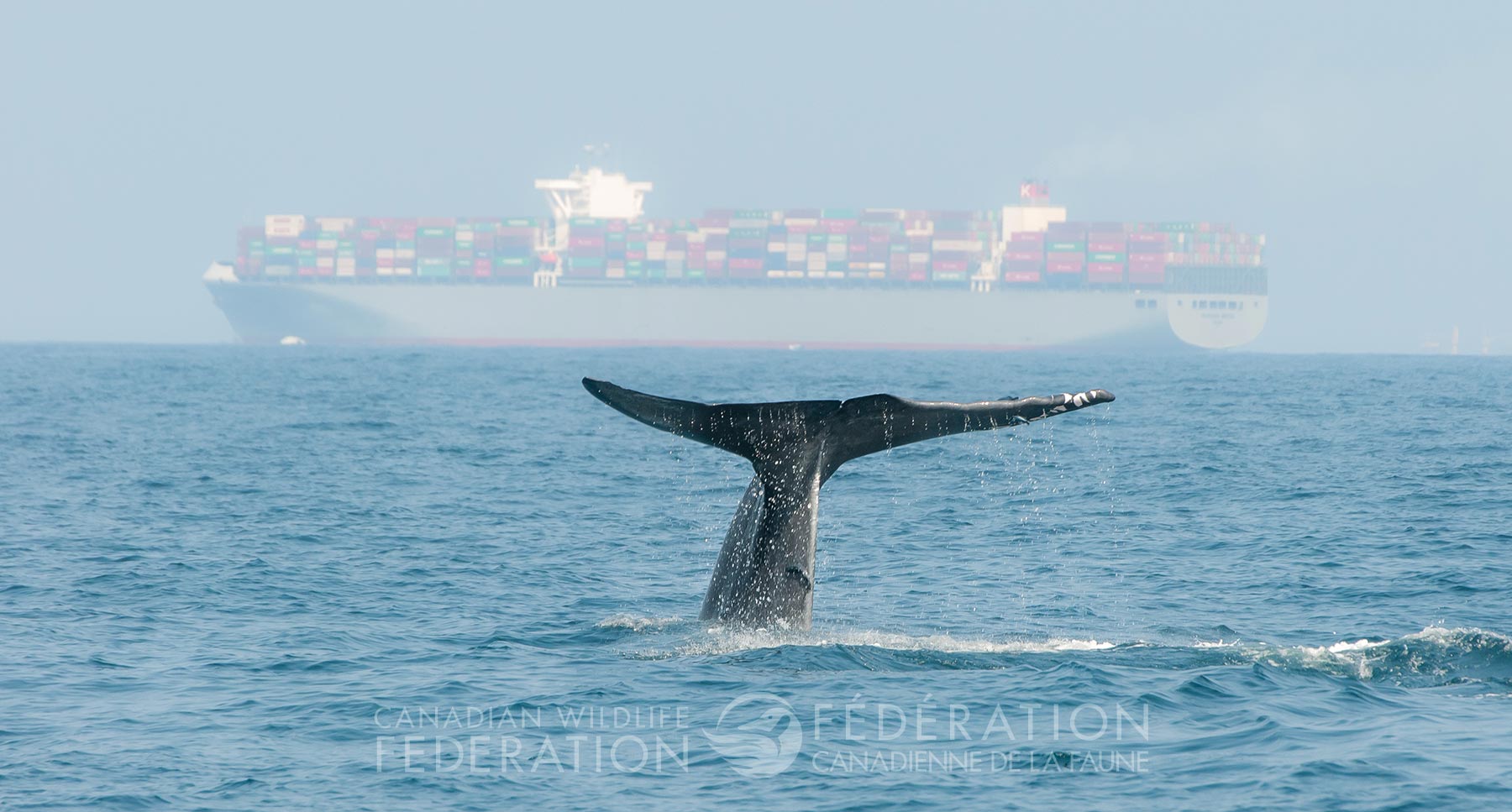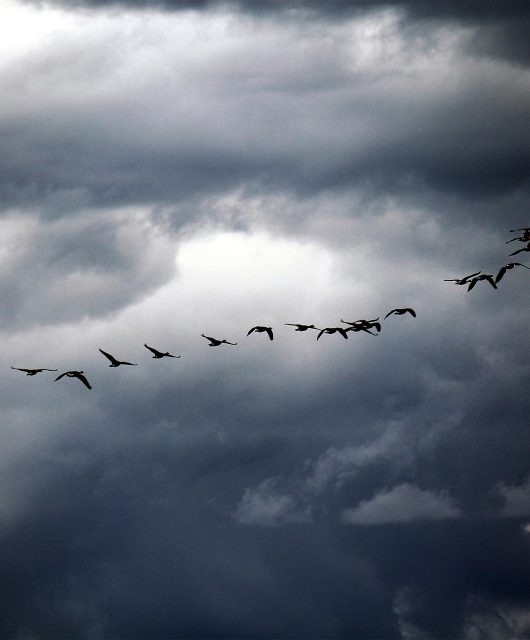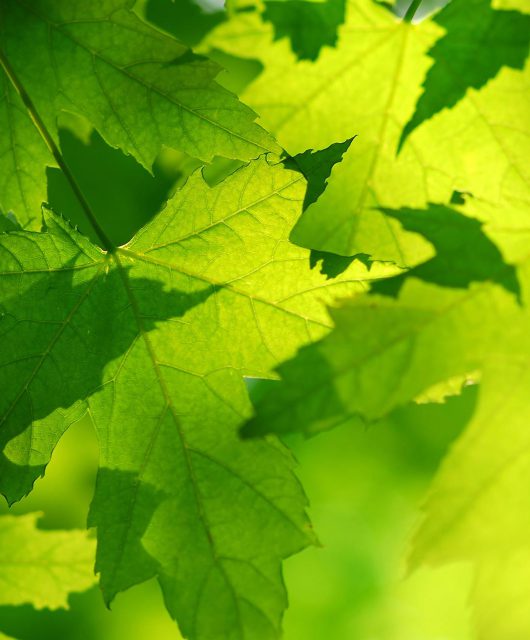For the North Atlantic Right Whale — one of the most critically endangered baleen whales in the world — 2017 proved to be a terrible year.
In 2017, at least 13 dead whales were recorded in the Gulf of St. Lawrence – likely representing the highest mortality since commercial whaling of this species was banned in 1937. For a population with fewer than 500 individuals remaining, this modern unprecedented loss has severe negative implications on population stability and potential population recovery.
In other words, this animal could go extinct very soon.

Whales are Big. Boats are Bigger.
North Atlantic Right Whales migrate up and down waters off the eastern coast of the United States and Canada. Unfortunately, this is also one of the most heavily trafficked areas for shipping in North America. Although right whales are among the largest animals in the sea and can weigh up to 96 tonnes, they are dwarfed by large ocean-going vessels (e.g. container or cargo carriers) and stand little chance of survival when struck.
Recognizing this, efforts have been made to decrease the number of whales struck by large vessels, including rerouting shipping lanes around areas where whales are known to occur (i.e. critical habitats), and imposing speed restrictions on vessels travelling through these areas.

Researching Small Vessel Impacts
Less is known about the impact small vessels (e.g. fishing boats) have on right whales. In particular, whether such a collision could harm or kill a whale. CWF is working to answer this question.
Using our knowledge of whale physiology and basic principles of collision mechanics, we will use computer models to predict whether the forces on the whales during these collisions could cause serious harm. The computer model we are building will take into account specific features of Right Whales (e.g. blubber thickness) and of small vessels (e.g. ship weight). This new collission impact prediction tool will provide industry and regulators with the ability to explore how the risk of harm to right whales from small vessel stikes changes depending on the size, speed, and design of the vessel.
To protect North Atlantic Right Whales and recover the population, we have to look at all potential human activities, including small vessel strikes, quantify the risk and take action to eliminate any impacts. This requires good science, backed up with real numbers. This project will establish the important forces to consider during collisions and estimate the possible impacts on Right Whales.
Ultimately this work will lead to recommendations on how the risk may be avoided. This requires good science, backed up with real numbers. We will have the opportunity to expand this work in more detail as we better establish the important measureable forces during collisions, and to suggest how the risk may be mitigated.



